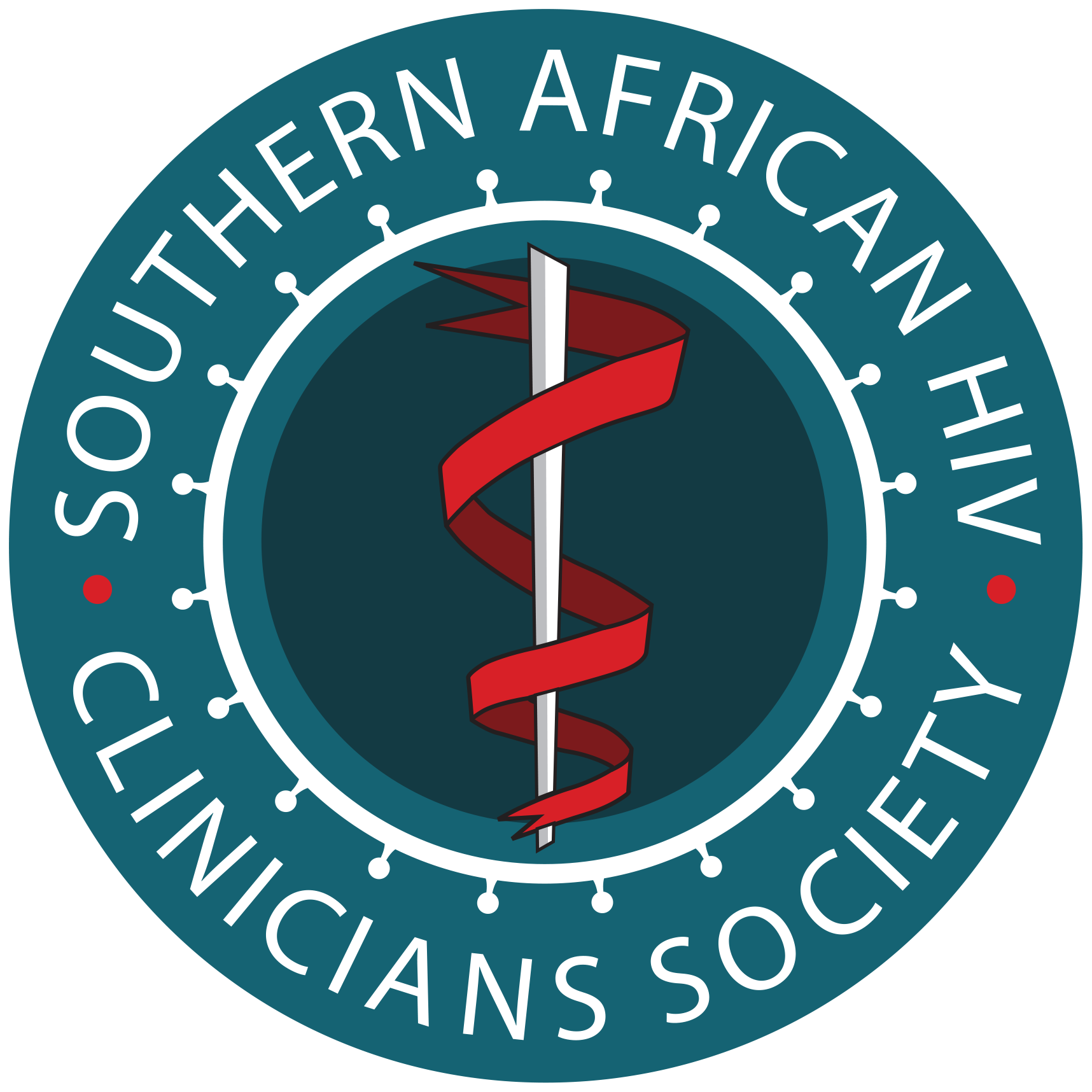ART Guidelines
Table of Contents
How to use these guidelines
Abbreviations
MODULES
1. What’s new the 2023 guidelines update?
2. Nucleoside/nucleotide reverse transcriptase inhibitor class of antiretroviral drugs
3. Integrase strand transfer inhibitor class of antiretroviral drugs
4. Non-nucleoside reverse transcriptase inhibitor class of antiretroviral drugs
5. Protease inhibitor class of antiretroviral drugs
6. Initiation and timing of antiretroviral therapy
7. Baseline investigations
8. Viral load
9. CD4+ cell count
10. Resistance and genotyping
11. Initial antiretroviral therapy regimens for the previously untreated patient
12. Management of patients currently receiving first-line therapy
13. Management of patients starting or currently receiving second-line therapy
14. Third-line antiretroviral therapy
15. Laboratory monitoring of the efficacy and safety of antiretroviral therapy
16. Patients who return after stopping antiretroviral therapy
17. Drug-drug interactions
18. Tuberculosis
19. Pregnancy and breastfeeding
20. Liver disease
21. Renal disease
22. Psychiatric disease
23. Malaria
24. Antiretroviral drug-induced liver injury
25. Dyslipidaemia
26. Immune reconstitution inflammatory syndrome
27. Opportunistic infection prophylaxis
28. Adherence
References
References

Baseline investigations
Confirming the diagnosis of HIV
Prior to the initiation of lifelong ART, it is recommended that HIV infection is confirmed with two different testing methods, at least one of which should be a laboratory-based test. Acceptable combinations include:
- Rapid test + ELISA
- Rapid test + VL
- ELISA + VL.
Note that a VL may be undetectable in < 1% of patients not receiving ART, i.e. ‘elite controllers’.
Baseline investigations
Baseline investigations for ART are summarised in Table 8.
| TABLE 8: Summary of baseline investigations for antiretroviral therapy. | |
| Investigation | Comment |
|---|---|
| CD4+ count | If CD4+ count < 200 cells/μL, then CPT is required and serum/plasma CrAg testing needs to be performed. |
| Baseline VL | Can also serve as a confirmatory HIV test. |
| ALT | If raised, then will need workup and may influence ART regimen choice. |
| Creatinine (eGFR) | Avoid TDF if eGFR < 50 mL/min/1.73m2, and avoid TAF/FTC combinations if eGFR < 30 mL/min/1.73m2. Other NRTIs, except ABC, require dose adjustment if CrCl < 50 mL/min/1.73m2. |
| HBsAg | See Module 20. |
| Syphilis serology | - |
| Chlamydia trachomatis and Neisseria gonorrhoea NAAT | Perform even in the absence of symptoms, as infection is frequently asymptomatic. Use first-void urine in men, and either self- or clinician-directed vaginal or endocervical swab (preferred) or else first-void urine in women. See SAHCS 2022 guideline for the Management of Sexually-transmitted Infections for further details. |
| sCrAg | Only required in patients with a CD4+ count < 200 cells/μL. If sCrAg-positive, exclude CM by LP. See section on CM management (Module 27) for further details. |
| Urine LAM | For those with signs and symptoms of TB, or those who are seriously ill, or with a low CD4 count (< 200 cells/μL for inpatients or < 100 cells/μL for outpatients) |
| Sputum GeneXpert MTB/RIF | For patients able to produce sputum, even in the absence of a positive symptom screen. |
| ABC, abacavir; ALT, alanine transaminase; eGFR, estimated glomerular filtration rate; CM, cryptococcal meningitis; CPT, cotrimoxazole preventive therapy; HBsAg, hepatitis B surface antigen; NAAT, nucleic acid amplification test; LP, lumbar puncture; sCrAg, serum/plasma cryptococcal antigen; SAHCS, Southern African HIV Clinicians Society; TDF, tenofovir disoproxil fumarate; VL, viral load. | |
Symptom screen
We also advise a symptom screen for:
- Tuberculosis (TB): patients should be asked about cough, weight loss, fever, night sweats and possible TB contacts. A positive symptom screen is an indication for a chest X-ray and urine lipoarabinomannan (LAM) test, in addition to the sputum GeneXpert MTB/RIF testing which is now routinely recommended in patients able to produce sputum, even in the absence of symptoms.
If the patient’s symptom screen is positive for TB, then ART should be deferred until the results of the GeneXpert, and/or LAM are known. Delays in this process should, however, be kept to a minimum
- STI symptom screen: patients should be asked about urethral/vaginal discharges and genital ulcers. If present, investigate further and offer pathogen-directed treatment. The management of STIs is beyond the scope of this guideline; for further detail, please consult the 2022 Southern African HIV Clinicians’ Society Guideline for the Management of Sexually-transmitted Infections.
